In my application, I have a 3.3v MCU driving a logic line based device at 4-5V where I need to be able to put the level shifter in a high impedance state. (This is particularly important to avoid current backflow with the badly designed chips I'm using.) Following advice from this answer, I sourced a NXP 74LVC2G125.
For the Tri-state buffer, I am driving VCC at 5 volts, but the OE and inputs using 3.3V logic. As I read the data sheet, these are acceptable ranges for logic input HIGH. However, I notice in practice that when the OE is pulled high (to 3.3V) to shut down the tri-state buffer, the chip continues to consume about 10mA. This suggests to me that despite the specifications, I am not saturating whatever transistor is driving the high impedance state. I am aiming for a low-power application.
I'm looking for a replacement chip that will serve the same purpose. What specification should I look for to be sure the 3.3V logic will completely shut down and fully activate the tri-state buffer? For instance, will this same chip SN74LVC2G125 from TI have the same problem? Or will a variation on the chip, such as SN74LVC2G241, address the issue?
I do not have any analog EE background.
